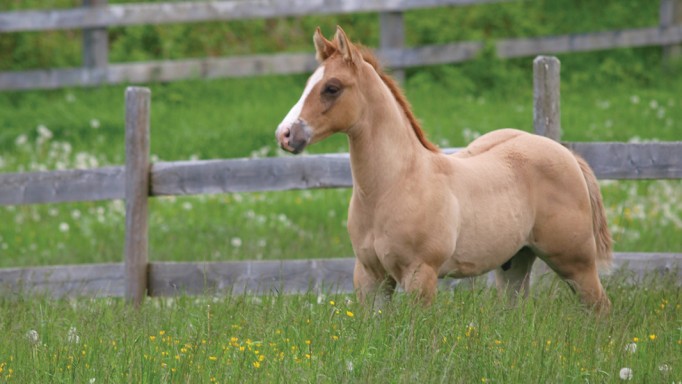There are several methods, depending on whether you are dealing with a large group of horses or a single mare and foal. The traditional method is to move the mare(s) into a distant paddock so that the foal, or foals, cannot see or hear them.
PROS: Foals remain with their buddies in a familiar pasture and after a couple of days will realize they will not perish without their mothers.
CONS: This generally results in a lot of whinnying and running, which is stressful for both the foal (and the owner) and carries the potential for injury. This is not recommended for weaning a single foal, unless he has some trusted, gentle pasture-mates to keep him company.
A better method is to remove one or two mares each day, starting with the dams of the oldest foal(s).
PROS: A foal will appear to be a bit happier if they can still see adult horses, and the gradual population change keeps them calmer.
CONS: Foals may be nipped or kicked if they bother cranky mares while searching for their own dams.
Stall confinement involves removing the mare and keeping the foal inside for a couple of days before turning him out.
PROS: Works if paddocks are too muddy, etc., for safe turnout.
CONS: Foals become quite distressed, especially if they cannot see any other horses, and may injure themselves trying to get out of the stall.
The best method is fence-line weaning, where mares and foals are separated by a strong fence that is constructed in a way to prevent nursing.
PROS: Foals can still see, hear, and smell their mothers, who can be removed with little fuss in about a week. A Texas A&M University study found that cortisol (stress hormone) levels in foals fence-line weaned were lower than foals weaned the traditional way. Less whinnying and frantic galloping was also observed. Good method for smaller properties with only a couple of paddocks.
CONS: None, as long as the fencing is safe and the foals are monitored often, as they are extremely adept at getting heads and legs stuck in the most unlikely places.

